Can the US bridge the deep divide over gun laws? I’m exploring the complex world of firearm legislation in the US. I want to see how we can support both the Second Amendment and public safety. This includes all laws, from the national level to laws specific to states.
We need to look at the various viewpoints and laws. This helps us see why gun control is such a touchy subject. It’s complicated, with many layers.
Key Takeaways:
- The balance between Second Amendment rights and gun control regulations is a contentious issue in the US.
- Federal and state-level firearm laws significantly influence gun ownership and usage.
- Effective gun control regulations aim to enhance public safety while preserving constitutional rights.
- The diversity of perspectives on gun legislation results in a complex and varied policy landscape.
- Understanding current laws and policies is key to engaging in informed discussions about gun legislation.
Introduction to Gun Legislation in the US
The United States’ approach to gun laws is unique and complex. It comes from the Second Amendment’s call for a well-regulated militia. This history is vital to grasp today’s gun ownership laws and policies.
Historical Context
Originally, US firearm laws ensured self-defense for the people and the nation. At first, these laws were simple, fitting a young nation where private groups were common. But, over time, as technology and politics changed, laws did too. The 20th century brought big changes, like the National Firearms Act of 1934 and the Gun Control Act of 1968. These laws aimed at stricter controls on selling and using guns.
In recent years, the focus of gun laws changed. Now, the goal includes fighting urban crime and preventing mass shootings. This led to policies aimed at both increasing public safety and effectively managing gun ownership.
Current Controversies
Today, the US gun policies are a major topic of debate. Views differ greatly, from stricter laws supporters to defenders of gun rights. Issues like background checks, assault weapon limits, and mental health’s role are key.
Mass shootings and daily gun violence have made this debate more intense. Both state and national lawmakers are looking at new, often controversial laws. The big question is always about finding a balance between safety and the right to bear arms. And finding this balance remains very difficult.
The table below categorizes some of the key pieces of firearms legislation and their primary objectives:
| Legislation | Year Enacted | Primary Objectives |
|---|---|---|
| National Firearms Act | 1934 | Regulate the manufacture, transfer, and ownership of firearms; prevent illegal trade |
| Gun Control Act | 1968 | Control gun commerce, prohibit firearm sales to certain demographics (e.g., felons, minors) |
| Brady Handgun Violence Prevention Act | 1993 | Mandate background checks for firearm purchases, establish a waiting period |
By reflecting on these important steps in gun legislation, we see the ongoing aim. This is to protect both individual rights and community well-being. Thus, it’s central to the American discussion on gun laws.
The Second Amendment and Its Interpretation
The Second Amendment is often at the core of debates on gun laws. It states, “A well-regulated Militia, being necessary to the security of a free State, the right of the people to keep and bear Arms, shall not be infringed.” Its simplicity has led to many different understandings and legal challenges.
Text and Context
To truly grasp the Second Amendment, we must look back to its creation. The framers of the Constitution wanted to make sure people and their states could defend themselves. This was fresh from their fight for independence. But, how we view this right has changed as our society and gun technology have evolved.
Supreme Court Decisions
The Supreme Court has had a big role in defining the Second Amendment’s reach. Decisive cases like District of Columbia v. Heller and McDonald v. City of Chicago have reinforced individual gun rights. The Heller ruling explained that the amendment protects a person’s right to own a gun for lawful uses like self-defense at home, even without being in a militia.
These decisions highlight how ideas about gun laws and the Second Amendment keep changing. They impact rules at the national and local levels. It’s clear the debate over what the Second Amendment allows is far from over.
Federal Firearm Laws and Regulations
The United States relies heavily on federal laws for firearm control. These laws provide a common baseline for all states to follow. But, states can add more rules if they see fit. Two important laws are key to this system.
The Gun Control Act of 1968
The Gun Control Act of 1968 was crucial for shaping U.S. firearm laws. It was passed after several high-profile shootings. The law aimed to fight gun violence by creating tough new rules. It stops certain people, like felons, the mentally ill, and minors, from buying guns. The law also started the process of gun dealers needing a license. It made rules for bringing guns into the country stronger.
The Brady Handgun Violence Prevention Act
In 1993, the Brady Handgun Violence Prevention Act was added to the law. It made buying guns through dealers harder. All buyers had to go through a background check. This act was named after James Brady, someone shot during an attack on President Reagan. The Brady Act helped make federal laws on guns stricter. It aimed to stop guns from getting into the wrong hands.
Current Federal Restrictions
But, even with a strong gun control history, there are ongoing issues. Some laws have areas that people think need to change. These include the lack of background checks at private sales and gun shows.
Many argue for better federal gun laws to stop gun violence.
| Legislation | Year Enacted | Main Provisions |
|---|---|---|
| Gun Control Act of 1968 | 1968 | Prohibited sales to felons, minors, and mentally ill; licensing for gun dealers; importation guidelines |
| Brady Handgun Violence Prevention Act | 1993 | Mandatory background checks for firearm purchases through licensed dealers |
State-Level Variations in Gun Laws
When we look at how each state deals with gun safety, it’s clear no two are the same. Some states have strict laws to keep people safe from guns. Others don’t have as many rules.
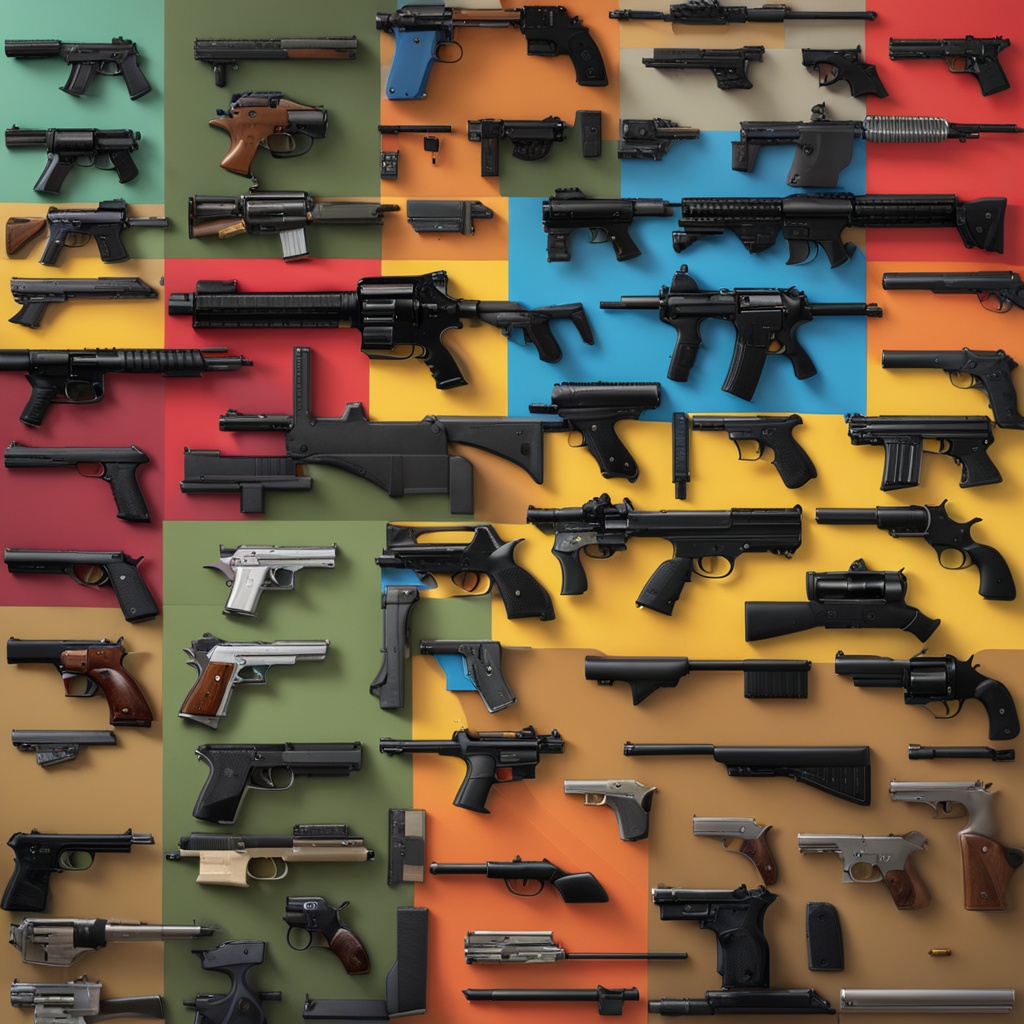
Strong Gun Law States
States like California, Illinois, and Maryland are known for their tough gun laws. They check backgrounds carefully, limit how many bullets a gun can hold, and make people wait before buying a gun. While these laws work well, they still face problems from guns coming in from states with less strict rules.
Weak Gun Law States
States like Arizona and Mississippi have less strict gun laws and they see more gun violence. Here, people can buy guns more easily, carry them openly, and sell them without many checks. The link between easy gun access and more gun deaths shows we need stronger rules all over to keep everyone safe.
The Impact of Gun Laws on Gun Violence
To know how gun laws lessen gun violence, we must study their effects closely. This requires looking at numbers and real-life examples. By doing this, we learn how laws can make us all safer and fight gun violence well.
Statistical Analysis
Research shows that making strict gun laws can cut down on gun violence. There is a clear link between tough gun laws and fewer deaths from guns. For example, we see a big difference in gun deaths in places with strong versus weak gun rules:
| State | Strong Gun Laws | Weak Gun Laws | Gun Violence Deaths per 100,000 People |
|---|---|---|---|
| California | Yes | No | 8.5 |
| Texas | No | Yes | 12.2 |
| New York | Yes | No | 4.4 |
| Louisiana | No | Yes | 20.3 |
These numbers clearly show that stronger gun laws mean fewer gun violence deaths. They make a strong case for having tough rules on guns.
Case Studies
Vivid examples like from Massachusetts and Maryland show that strict gun laws work. Massachusetts, for example, has very strict gun rules. It has one of the lowest rates of gun deaths in the U.S.
“In Massachusetts, our commitment to stringent gun laws has consistently demonstrated its value in safeguarding our communities.” — Charlie Baker, Former Governor of Massachusetts
In Maryland, tough background checks and bans on certain guns have also made a big difference. This has lessened gun deaths and made the place safer.
Looking at these stories, it’s clear: strong gun laws are key to cutting down on gun-related harm. They help make our communities safer places for everyone.
Background Checks and Purchase Permits
The talk about stopping gun violence often looks at using background checks and firearm purchase permits. These steps aim to keep guns away from people who might cause harm. They are a big part of keeping the public safe. Although the country has a set of rules, the differences from state to state can change how well they work.
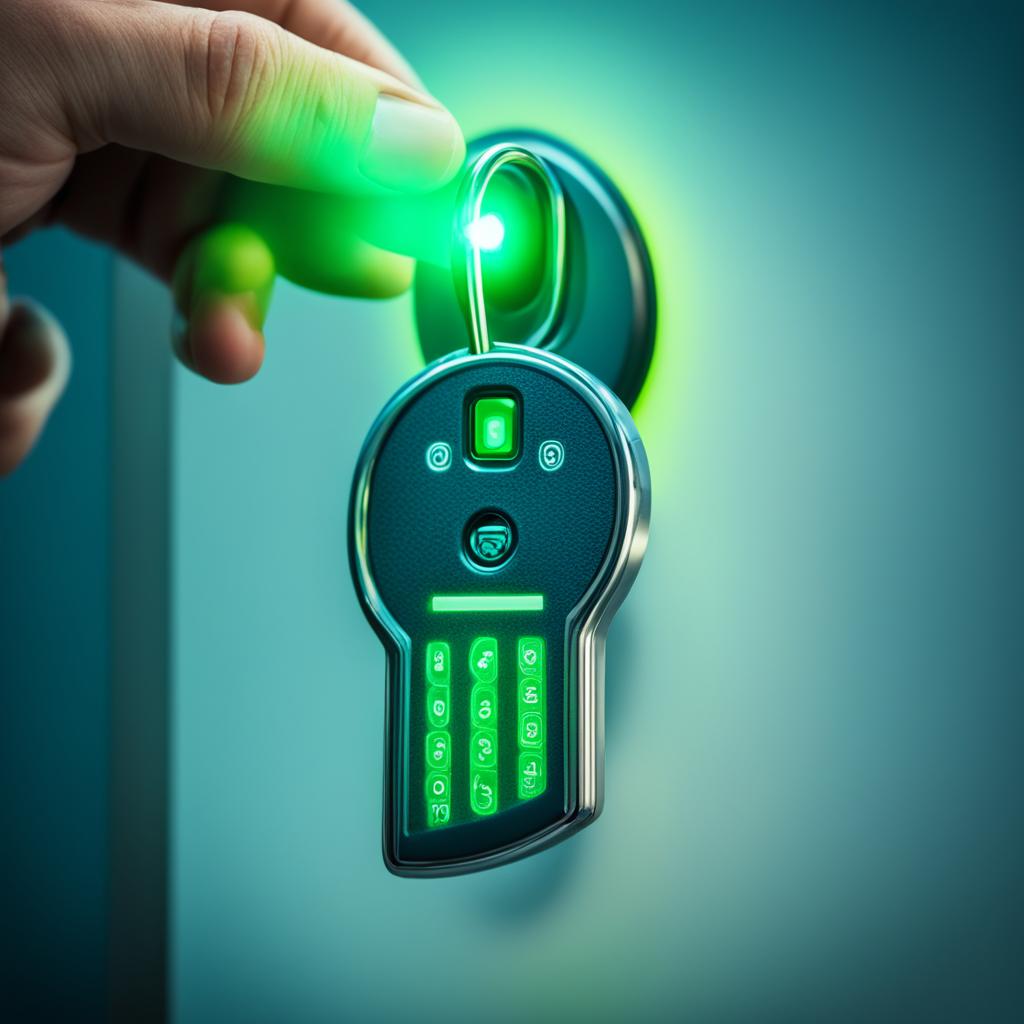
Effectiveness
Where strict rules are in place for background checks and permits, there’s usually less gun violence. These detailed checks can catch out people with a violent past or severe mental health issues. The facts show that places with tough laws see fewer gun crimes.
State-by-State Differences
Each state has its own way of doing background checks and giving out permits. Some have very strict rules, while others are more relaxed. Because of this, making one big plan for the entire country is hard. Such, not all states are equally managing gun violence.
| State | Background Check Requirements | Purchase Permit Guidelines |
|---|---|---|
| California | Universal background checks for all gun sales | Mandatory firearm purchase permits |
| Texas | Background checks via federal NICS system for dealer sales | No purchase permit required |
| New York | Background checks required for all firearms sales including private transactions | Handgun purchase permit mandatory |
| Florida | Background checks via federal NICS system for dealer sales | No purchase permit required |
Extreme Risk Laws and Secure Gun Storage
Extreme risk laws, also known as red flag laws, and secure gun storage laws are key for gun safety. They prevent potential harm by taking guns from those who might be dangerous. These laws help lower the risk of gun problems.
Secure gun storage rules ensure guns are safely kept. They might need special locks or storage to prevent accidents. This stops kids from accidentally handling guns and limits who can get to them.
When combined, these laws make a solid plan for gun safety. They tackle the dangers both from people in crisis and from unsafe gun storage. Together, they are building blocks for a safer community free from gun violence.
Comparing US Gun Policies with Other Countries
We can learn a lot by looking at how other countries handle gun laws. Places like Canada, Australia, and Israel have unique ways to control guns. They consider their own history and society when making these rules.
Canada
Canada insists on strong rules for owning a gun. To get a gun, you need to pass many checks and take a safety course. This country makes sure people are serious about gun safety. Their approach could help make the US safer too.
Australia
Australia took big steps after a tragic event in 1996. They had a law change and a buyback program that got many guns off the street. They also made sure buying a gun was really hard. Today, Australia has much less gun violence. Their story shows how strong laws can really work.
Israel
Even though guns are common in Israel’s military, civilian gun laws are strict. To own a gun, you need to pass many tests and checks. This careful process means guns are only for those who really need them. It shows how being very careful can solve problems before they start.
Looking at other countries helps us see what works in controlling guns. By studying different gun laws, we can get ideas to make the US safer. These studies highlight good strategies that could help lower gun violence.
FAQ
What are the primary goals of gun legislation in the United States?
Gun laws in the US aim to find a balance. They balance the right to bear arms with protecting people. This means making rules about who can have guns and how they can be used. They also look at big issues like mass shootings.
How has the interpretation of the Second Amendment evolved over time?
Over time, people have understood the Second Amendment differently. This change happens as society grows and technology advances. Court cases set important rules for gun laws. They can make gun rights broader or add more restrictions, depending on what’s happening then.
What are some landmark federal gun control laws in the US?
The Gun Control Act of 1968 and the Brady Handgun Violence Prevention Act of 1993 are key. The first set national rules for guns. The second brought in checks for people buying guns. Together, they are the main federal laws on firearms.
How do gun laws vary between states?
Gun laws are quite different from state to state in the US. Some have strong laws and they tend to have fewer gun deaths. Other states with weaker laws see more gun violence. Even in states with strong laws, illegal guns from states with loose laws can be a problem. This shows how complex the situation is with gun laws across the US.
What impact do strong gun laws have on gun violence?
Studies show that tough gun laws lower gun violence. Places with strict laws often have fewer gun deaths. This suggests that strong rules can make communities safer and healthier.
What are background checks and purchase permits, and how effective are they?
Background checks and permits help keep guns away from risky people. They are used to check the background of anyone buying a gun. This makes sure that guns are in the hands of safe and responsible people. The effectiveness of these steps can vary.
What are extreme risk laws and how do they contribute to gun safety?
Extreme risk laws allow taking guns from people who could be dangerous. Known also as red flag laws, they help prevent harm. Pairing this with rules on keeping guns safe, these laws are vital in keeping accidents and threats away.
How do US gun policies compare with those in other countries like Canada, Australia, and Israel?
Compared to countries like Canada, Australia, and Israel, US gun laws are very different. Canada and Australia have strict rules, with Australia making big changes after a tragic event. Israel, with a strong military, also has strict laws for its citizens. Looking at these countries gives us ways to see how well the US laws work.

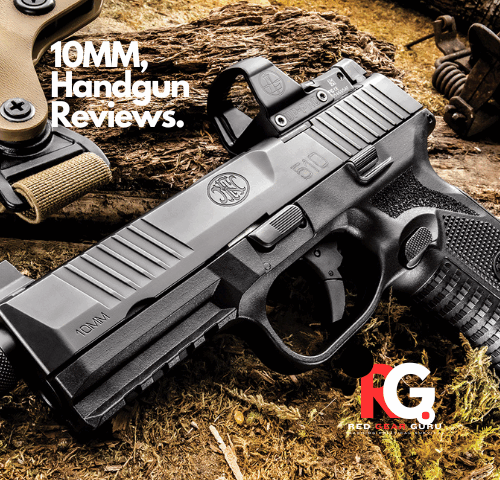
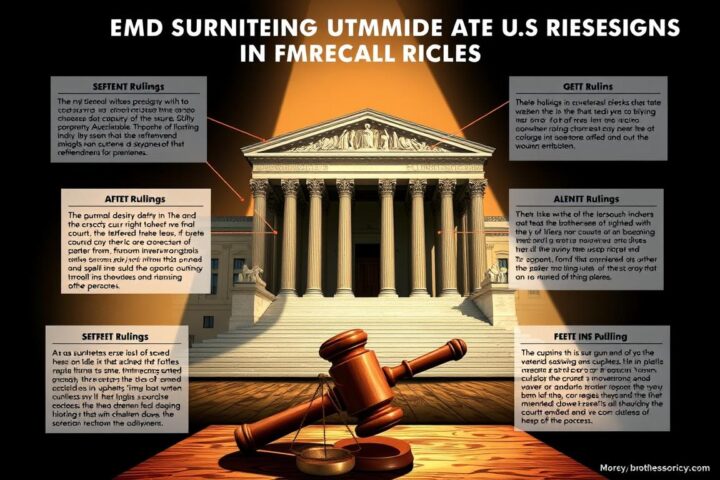

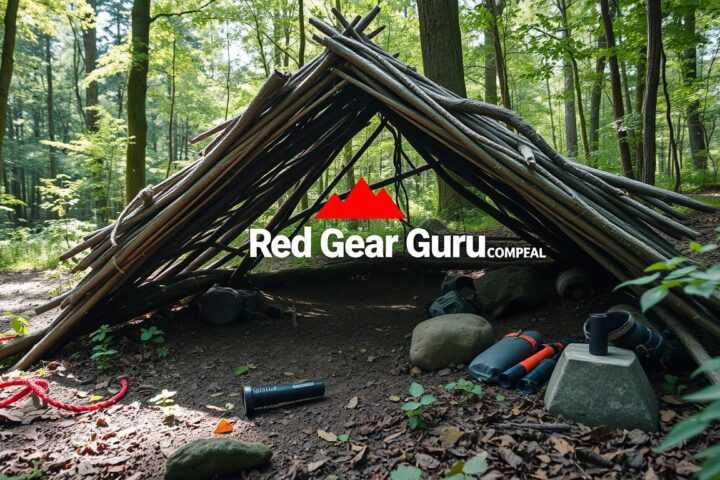
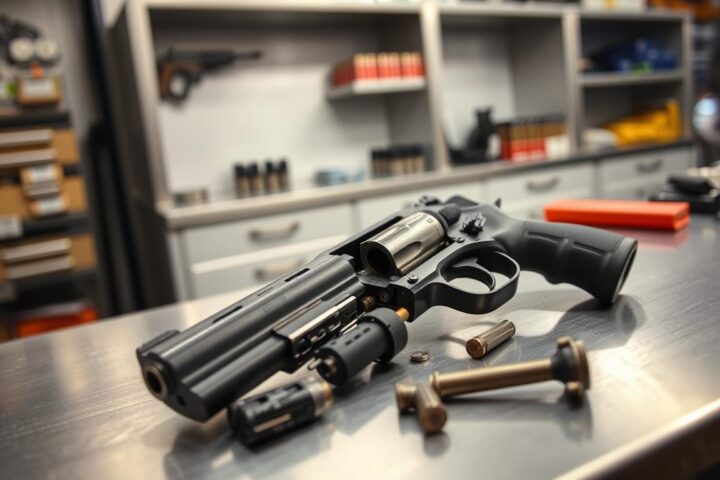
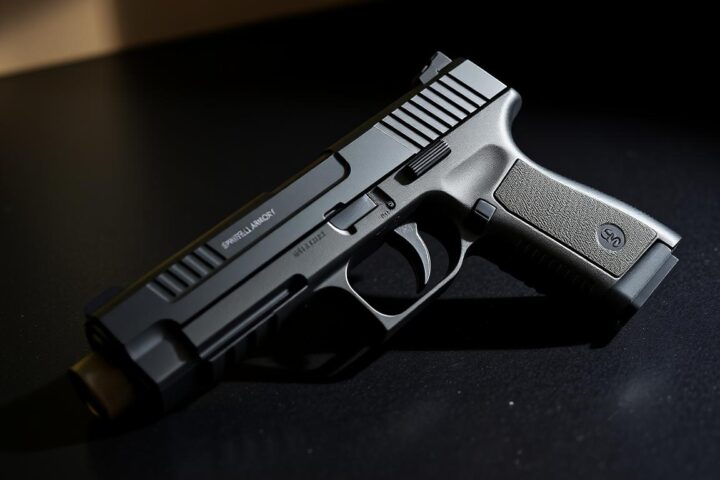
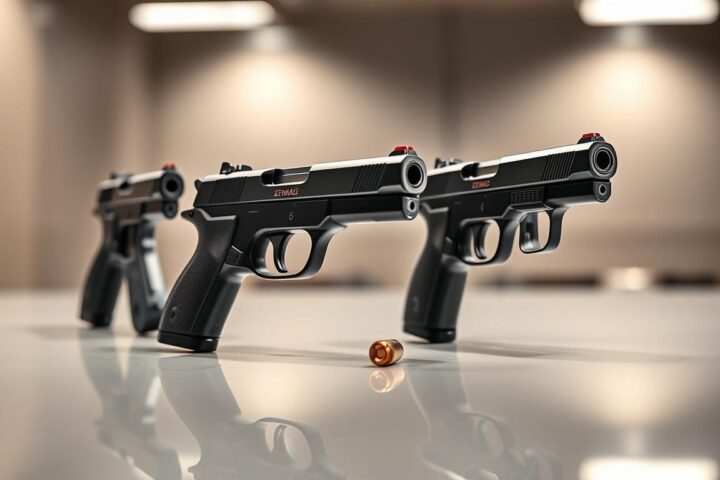
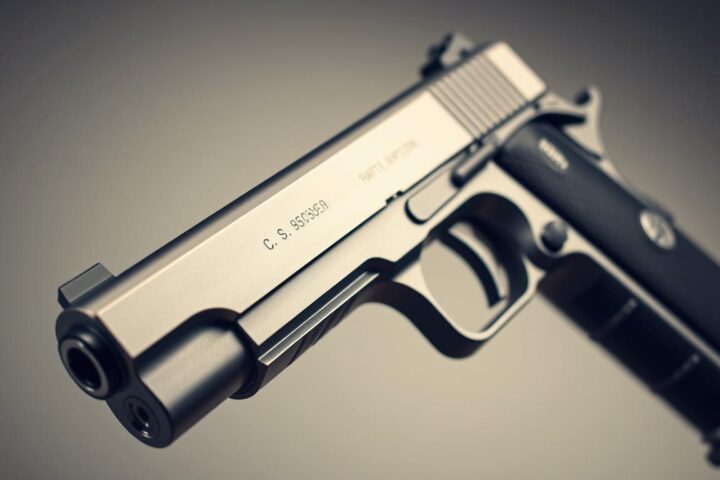

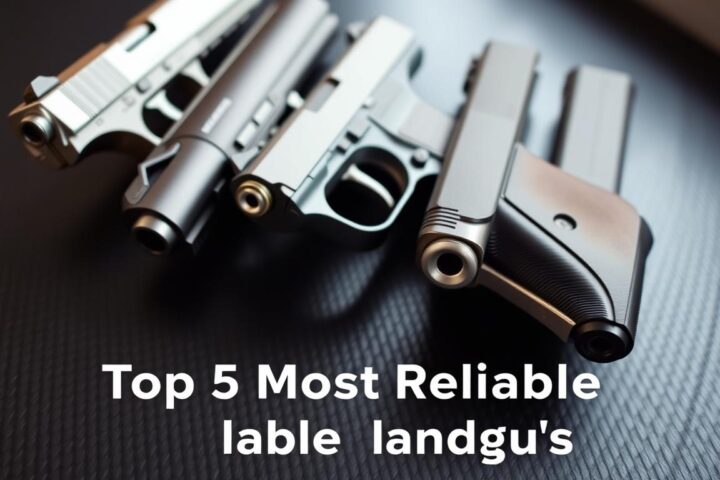
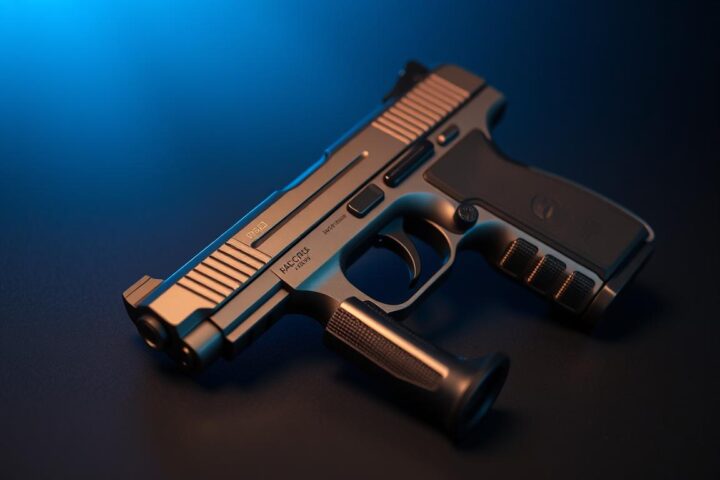
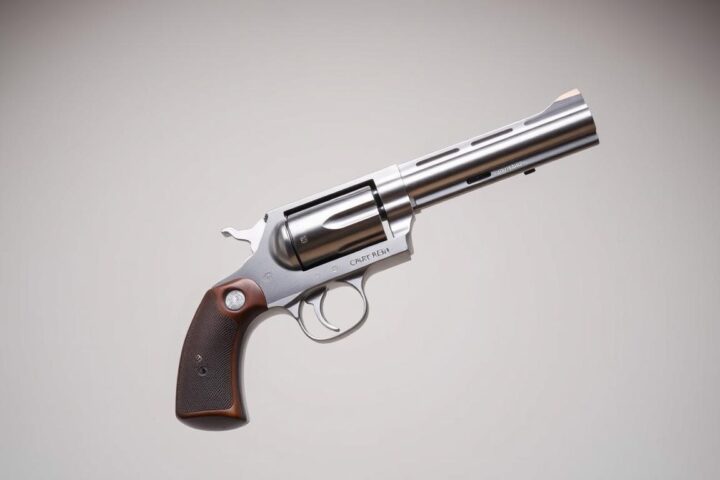
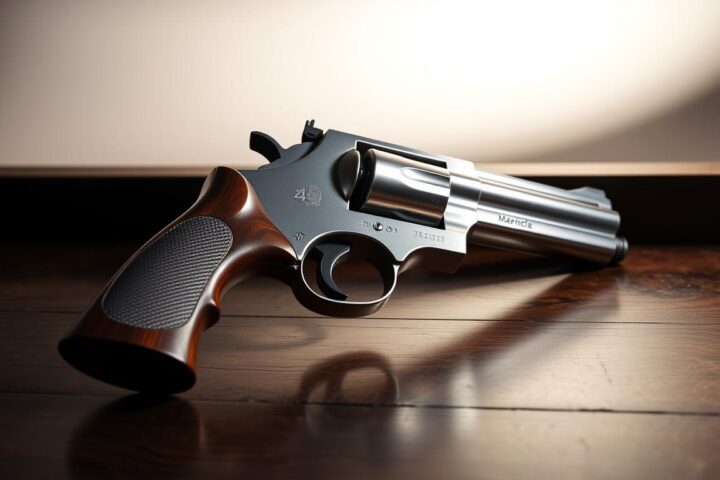
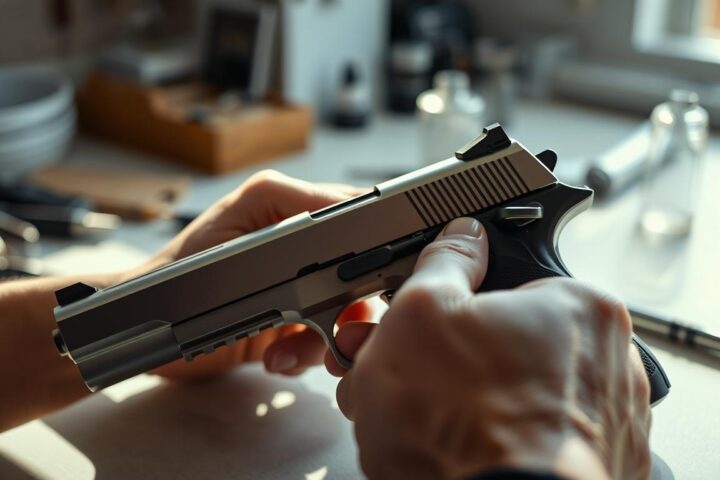


Hi there, the whole thing is going perfectly here and ofcourse every one is
sharing information, that’s really good, keep up writing.
Hey there! This is my first visit to your blog! We are a team of volunteers and starting a new initiative in a
community in the same niche. Your blog provided us useful information to
work on. You have done a wonderful job!
Thanks for some other informative web site. The place else could
I get that kind of information written in such a perfect
method? I have a project that I’m just now running on, and I have been on the
look out for such info.
A course on Biomagnetism by Dr. Garcia is enlightening and comprehensive, with its detailed lectures combined with hands-on training.
It has been designed for a broad range of learners at different
stages in their career or from various fields; this it
does by giving more weight to the scientific method as
well as continuous developments in biomagnetism skills.
The U.S courts are taught about not only through theoretical discussions but
also practical seminars where students get involved with different activities related to
what they have learnt so far during their studies such
as principles behind this science and how it can be
applied into practice within legal systems of America.
There is an imposed strict dress code which aims at creating professionalism among all participants towards each other while showing
respectfulness too. Those health care professionals who want to incorporate holistic methods into
their practice especially those who want to be good at it should attend this
workshop.
Awesome blog! Is your theme custom made or did you download it from somewhere?
A theme like yours with a few simple adjustements would really make my blog stand out.
Please let me know where you got your theme. Kudos
For most recent information you have to go to see the web and
on the web I found this website as a most excellent site for latest updates.
I was recommended this website by my cousin. I am not sure whether this post is written by
him as no one else know such detailed about my problem.
You are incredible! Thanks!
I like the helpful information you provide in your articles.
I will bookmark your weblog and check again here
regularly. I am quite certain I will learn plenty of new stuff right
here! Good luck for the next!